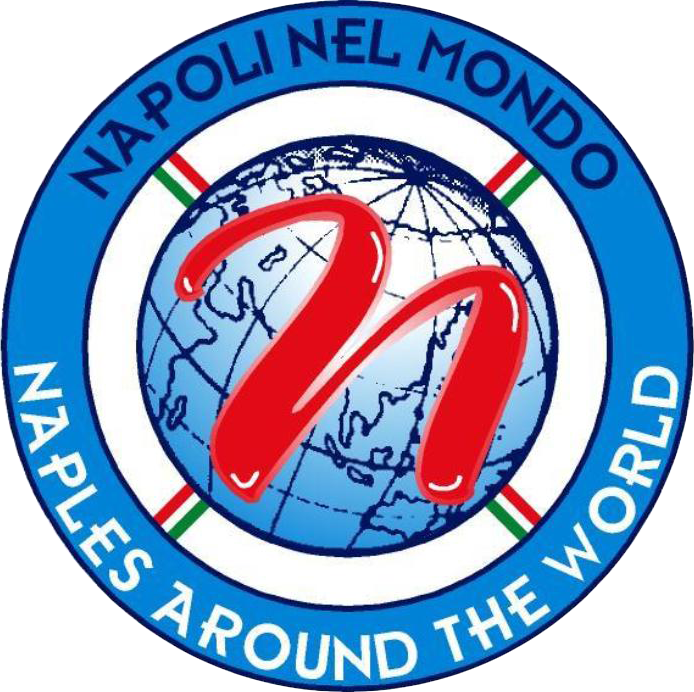
Neapolis è situata a 15km ad ovest di Agios Nikolaos, sul ciglio del bacino della provincia di Mirabello. Durante la occupazione da parte della Repubblica marinara di Venezia di due stanziamenti che erano tra loro collegati e considerati una unica identità con il none di “Kenourio Choro” (Villaggio Nuovo). Esso mantenne questo nome fino al 1868 quando il governatore del Lassiti, Kostis Adosides Pasha, vi trasferì da Kastelli la sede del Comando e la rinominò in Neapolis(Città Nuova). Neapolis fu il capoluogo della Prefettura di Lassithi fino al 1904, quando capoluogo fu nominato Agios Nikolaos. Oggi essa è una bella cittadina con un buon sistema urbano, un bel giardino pubblico e pittoreschi edifici, fra cui spicca la imponente cattedrale della Vergine Maria. Durante la dominazione di Ioannis Halis, i ribelli assediarono la Moschea turca nel novembre del 1827 e bruciarono vivi i Turchi che vi erano dentro.
La moschea venne distrutta ed al suo posto fu eretta la chiesa della Vergine Maria.
Altra importante chiesa è quella di San Giorgio che è punto di riferimento storico e religioso per la Chiesa Ortodossa. Essa operò come scuola segreta durante l’occupazione Turca. Nel 1770, durante la rivoluzione di Daskaloyannis, i Turchi razziarono la chiesa e massacrarono la congregazione ed i preti intenti alla preghiera serale, da allora è anche conosciuta come “San Giorgio macchiato di sangue”.
This town is situated 15 km west of Agios Nikolaos, in the lash basin of the Mirabello province. During the Venetian occupation it consisted of two settlements which were referred to as a unit dy the name ” Kenourio Chorio” (New Village). The settlements retained the name until 1868 when the governor of Lassithi, Kostis Adosides Pasha, transferred there the seat of the country from Kastelli and renamed the two settlements Neapolis (New Town). Neapolis was the capital of Lassithi Prefecture until 1904. That year Agios Nikolaos was declared capital.
Present day Neapolis is a beautiful town with reasonably well- laid out streets, a nice public garden and picturesque buildings. At one side of the main square stands the imposing cathedral of the Virgin Mary. The people of Neapolis pride themselves on their intellectual tradition. Petros (Peter) Philargos (of Philaretos) was born in the settlement of Kares in 1340. The settlement was destroyed by the Venetians some years later, in 1347. P. Philargos was a man of letters and also a distinguished speaker and theologian who became Pope of Rome in 1409-1410.
In addition, there are numerous churches dating from Venetian times, as indicated by relief inscriptions on their entrance. The church of Saint George is a point of historical and Orthodox reference. The church operated a secret school during the period of Turkish occupation. In 1770, during the revolution of Daskaloyannis, Turks raided the church and slaughtered the congregation and the priest during the evening prayer. Since then the church of Saint George has been referred to as “Agios Yeorgios the blood-stained”. Under the leadership of Ioannis Halis, the rebels besieged the Turkish mosque at Neapolis in November 1827 and burnt the Turks inside. The mosque was destroyed and in its place was erected the church of the Virgin Mary. The town of Neapolis features a significant museum of folk art with rich exhibits, some of which were donated by Mrs. Chryssoula Xanthoudides Koundourou
Neapoli
Grecia







